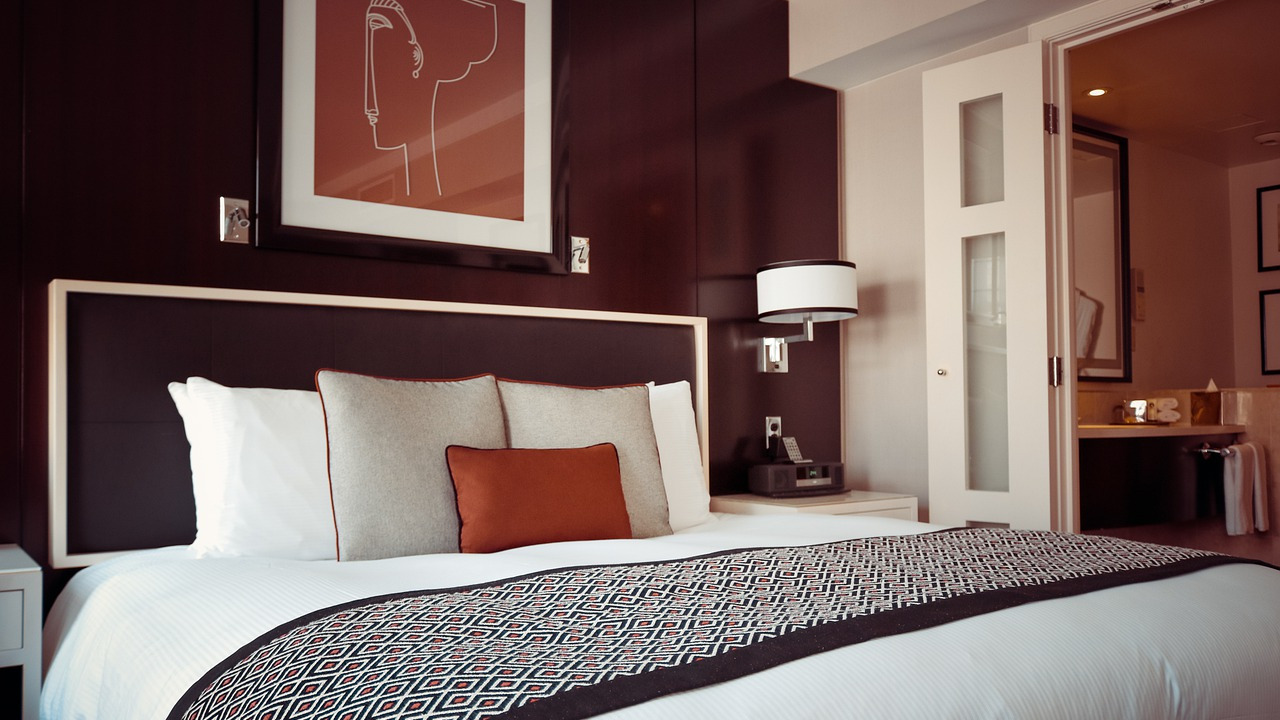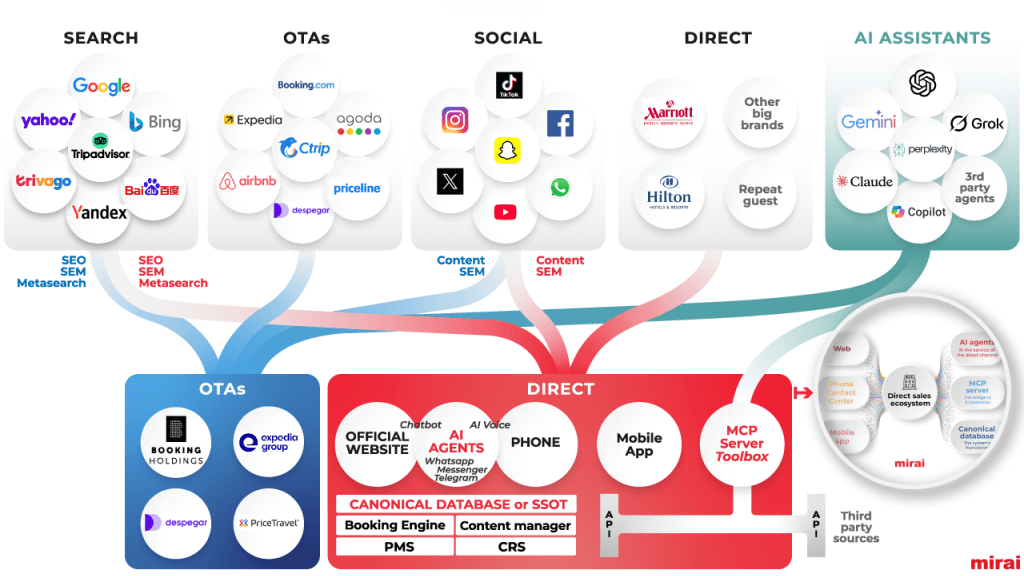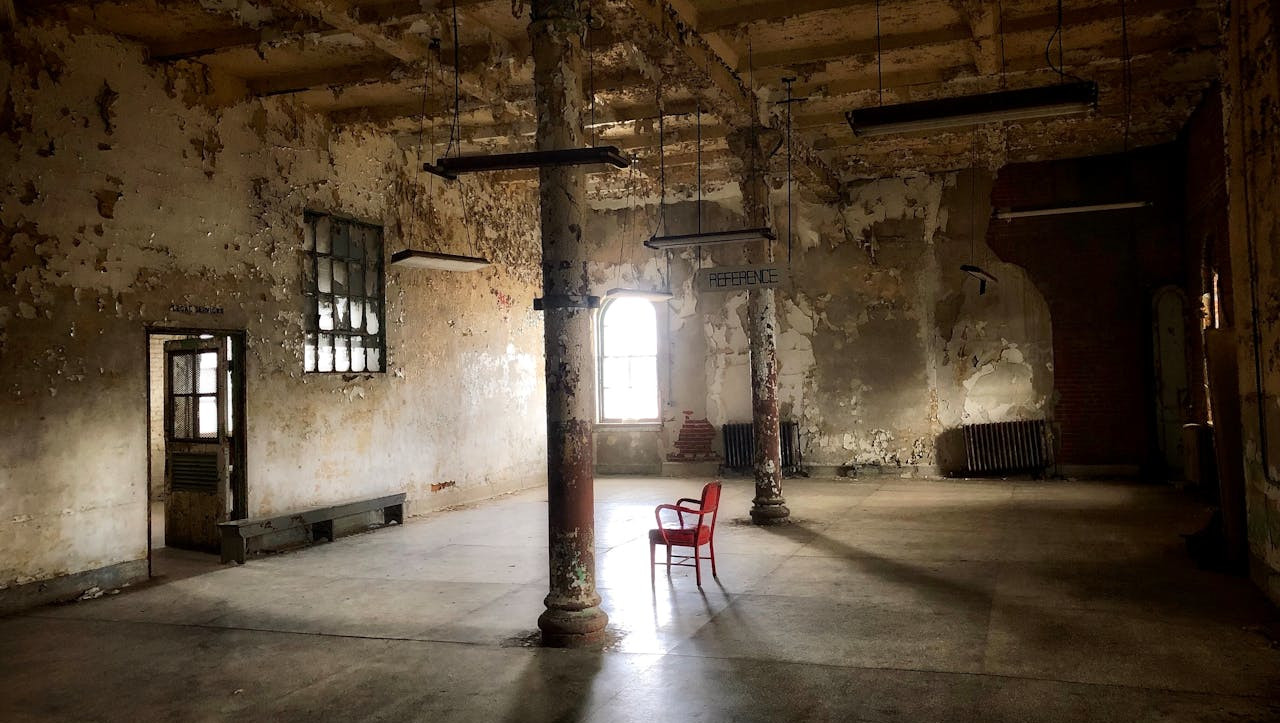CPOR is a crucial metric in the hotel industry that helps measure the efficiency and profitability of a hotel’s operations. It stands for cost per occupied room, which means the expenses that are being incurred by rooms that have guests staying in them.
NB: This is an article from SiteMinder, one of our Expert Partners
Subscribe to our weekly newsletter and stay up to date
CPOR can be influenced by a number of factors and can often be a representation of how effective your revenue management and marketing strategies are.
What are variable costs per occupied room?
Variable costs per occupied room are costs that can fluctuate, due the number of guests in the room for example. These may include supplies, utilities, or laundry services.
This is different from fixed costs, which remain stable regardless of guest numbers, such as staff salaries, property taxes, insurance and more.
What is cost per occupied room in housekeeping?
In housekeeping, cost per occupied room has a similar meaning as it does for a hotel generally. It is used to measure the efficiency and cost-effectiveness of housekeeping operations. It calculates the average cost associated with cleaning and maintaining each occupied room.
Labour costs, supply costs, and equipment costs can all play a role in how healthy the CPOR is.
Why is cost per occupied room an important metric?
Cost per occupied room is an important metric because it can help you understand how efficient your hotel is and give you ways to improve your revenue management and optimise your profitability.
Using CPOR as a key metric enables:
- Clearer performance evaluation: CPOR provides a clear picture of your hotel’s operational health. A lower CPOR indicates that your business has a good handle on costs and resources.
- Profitability analysis: CPOR can be directly linked to your hotel’s profitability. A lower CPOR means that you are generating more revenue per occupied room, which can lead to higher profit margins.
- Effective cost management: By analysing CPOR, hotels can identify areas where costs can be reduced. This can involve optimising labour schedules, negotiating better deals with suppliers, or implementing energy-saving measures.
- Accurate benchmarking: CPOR can be compared to industry standards and competitors to assess a hotel’s performance. This allows hotels to identify areas where they need to improve and learn from best practices.
- Better decision making: CPOR can be used to inform important business decisions, such as pricing strategies, investment in new amenities, and staffing levels.
How to calculate cost per occupied room
To calculate your cost per occupied room you’ll need to divide the total operating costs of your hotel by the number of occupied rooms during a specific period.
The result will be influenced by a number of factors, including your:





